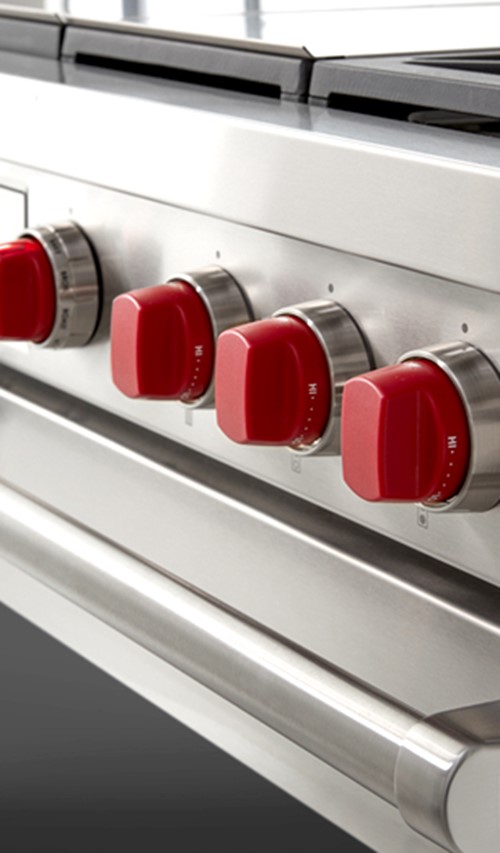
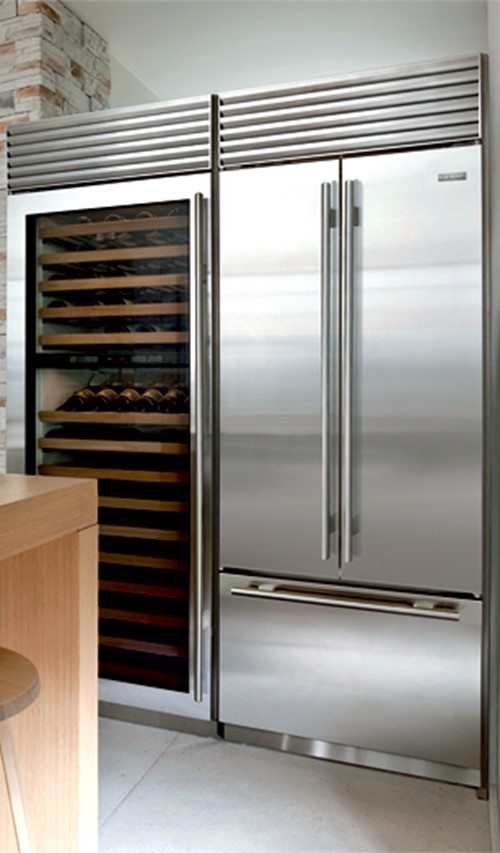
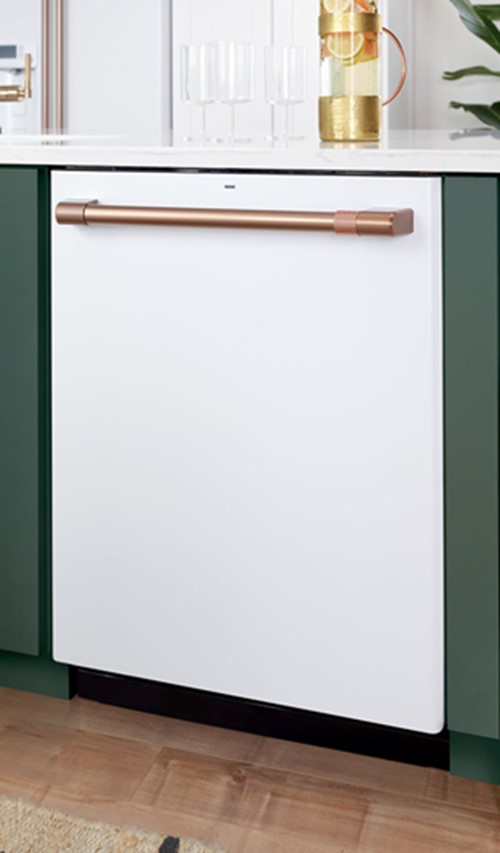
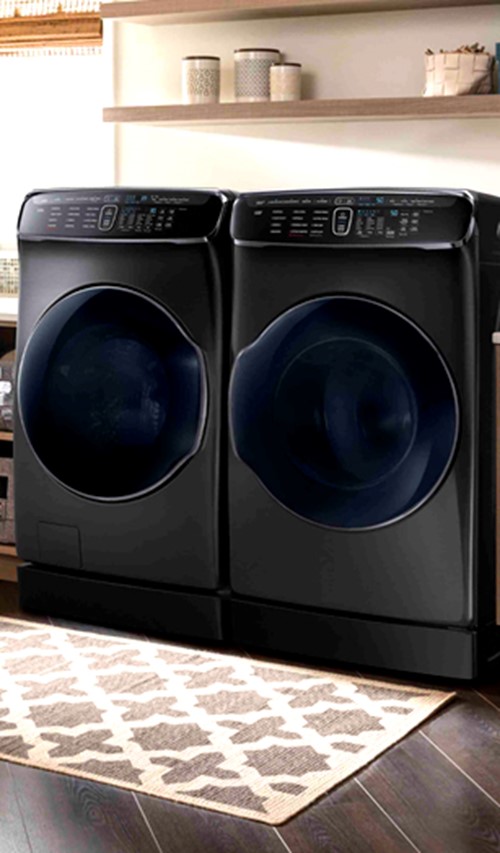
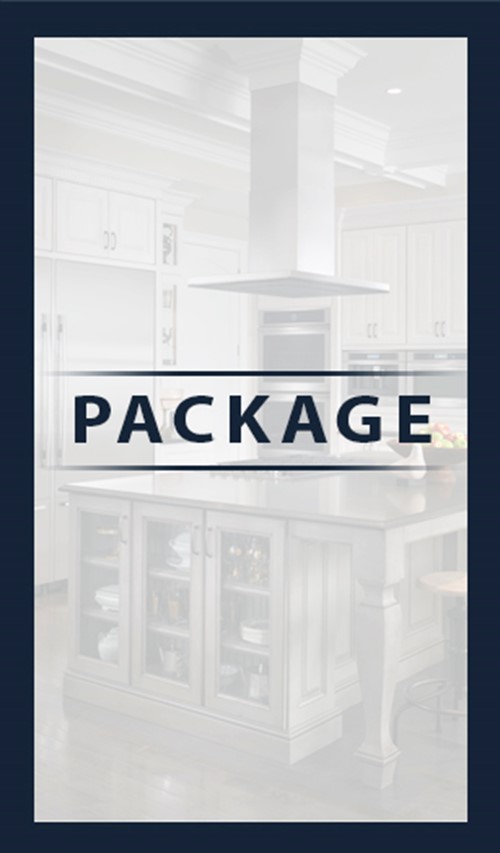
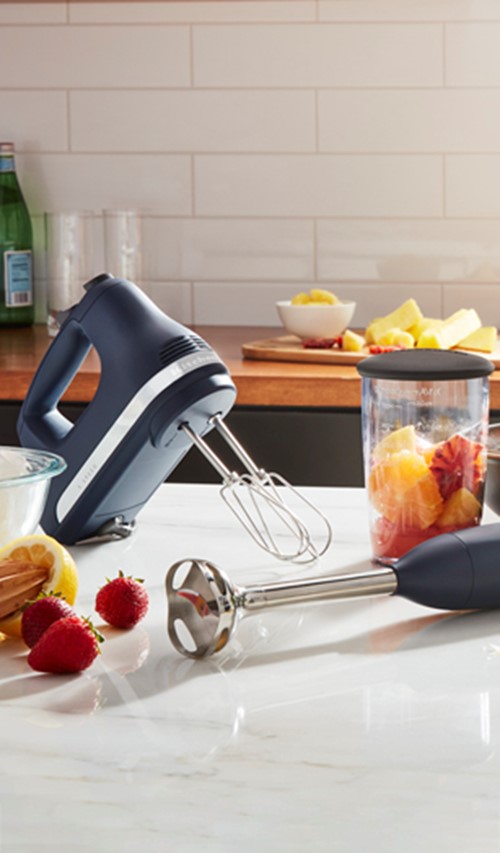
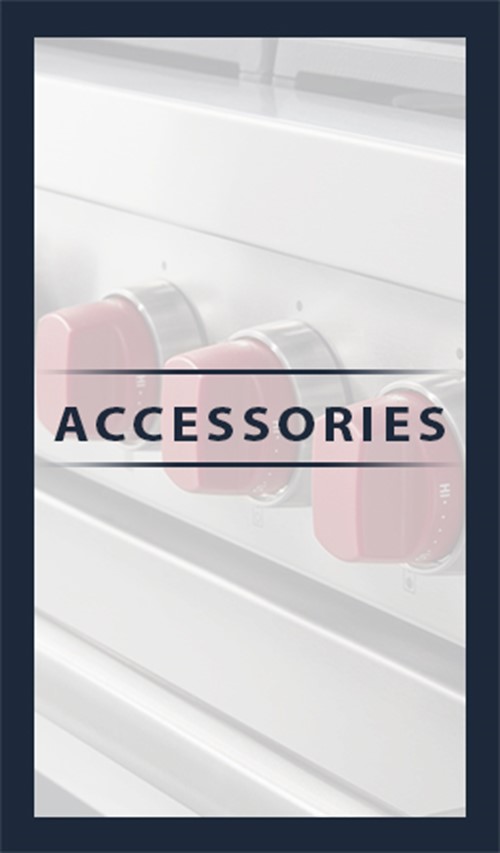
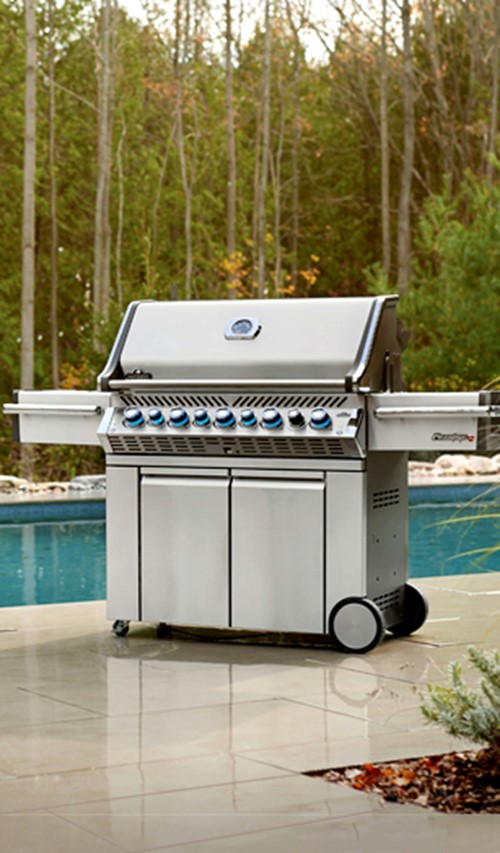

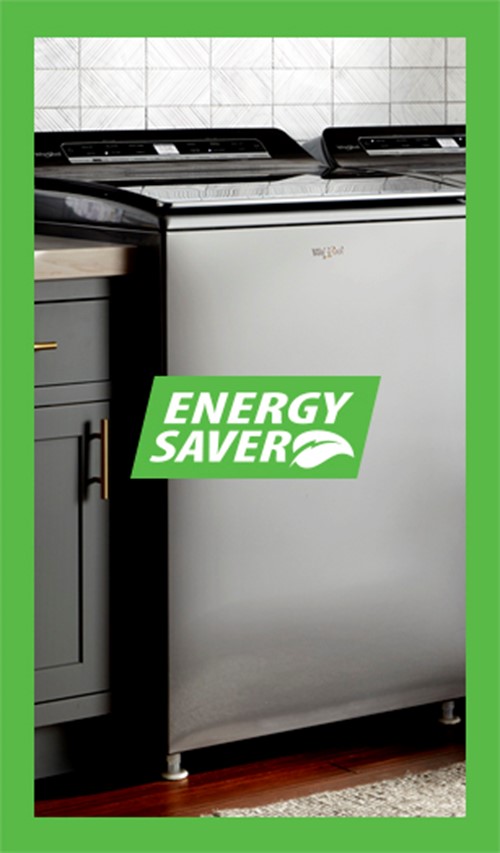
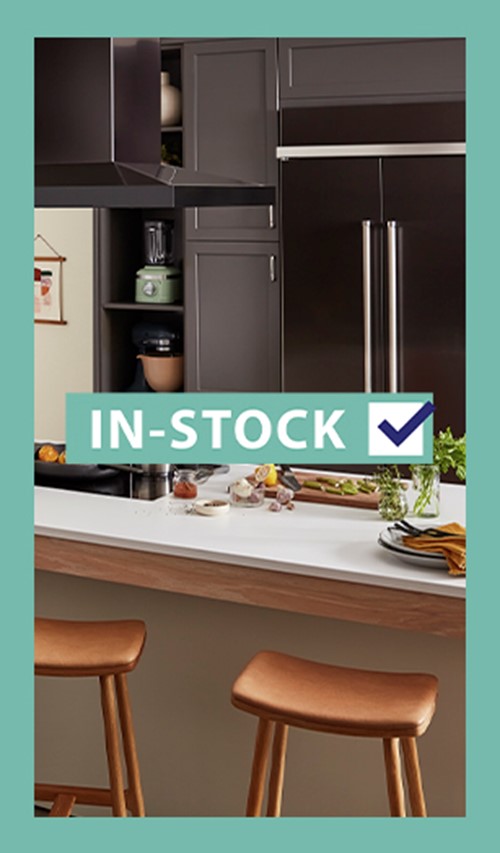
Closed Box or End of Line Products are products that have been discontinued or no longer being produced, but still new and never opened. For this reason an additional discount may apply.
Open-box products are typically floor models or returned goods that have been inspected to make sure they work. You will be able to purchase them from individual store locations. Product varies from location to location.
See our clearance selection here
People ask me how to clean a steam oven and I say they are the easiest appliance to clean. Fresh water generates steam and as the steam condenses it leaves moisture behind that we must clean away but not all steam ovens are alike, so there are some differences to consider not only when making a decision to purchase but also for cleanup.
A steam only oven, a steam convection oven, or my personal favourite – the Miele Steam Combi, and plumbed or not plumbed make a difference.
All of them have the same advice to follow about the interior and the racks or trays they come with. For the cavity, never use commercial oven cleaners, never use any cleaning products with chlorine, never use cleansing powders, and never use scouring pads. All those things can damage or corrode the stainless steel interior making them harder to clean over time and may affect the lifespan of the unit. For the trays or racks, hot soapy water is always best and if you do need more “cleaning power” a gentle cleansing powder or scrubby sponge may be used.
Steam Ovens - In this case, all of your cooking is done with the power of steam alone so any food splatter remains moist and is easily wiped away. Condensation will pool at the bottom of the oven interior and you would wipe this away with an absorbent sponge or cloth.
Steam Convection Ovens - The clean-up can vary depending on what cooking mode you are using. With steam or steam combination modes, it would be just like in the steam only unit above. Since this kind of oven also offers baking, convection and sometimes broil modes without steam they generally have a self-clean cycle that will use steam to soften any splatter making it easier to wipe away when done.
Miele’s Steam Combi Ovens - These are unique for they have a wee drain at the bottom for the condensation which is pumped into a small reservoir hidden behind the control panel (so that it doesn’t take away from the oven capacity). This you can remove and empty. Beautiful …. there is no water to wipe up inside when you are done cooking! The other benefit to this water in and water out approach is that you can trust there won’t be any flavour transferring when you cook different things.
And to plumb or not to plumb? Aside from the obvious plumbing vs reservoir benefits in either direction, there is also the difference of a line to clean on occasion – or not. In both cases, regular maintenance of the internal lines should be performed with the proper cleaning agents (available in store) to remove any mineral buildup.
No matter what kind of steam oven one chooses, they are simple to clean and take very little energy, effort or time.